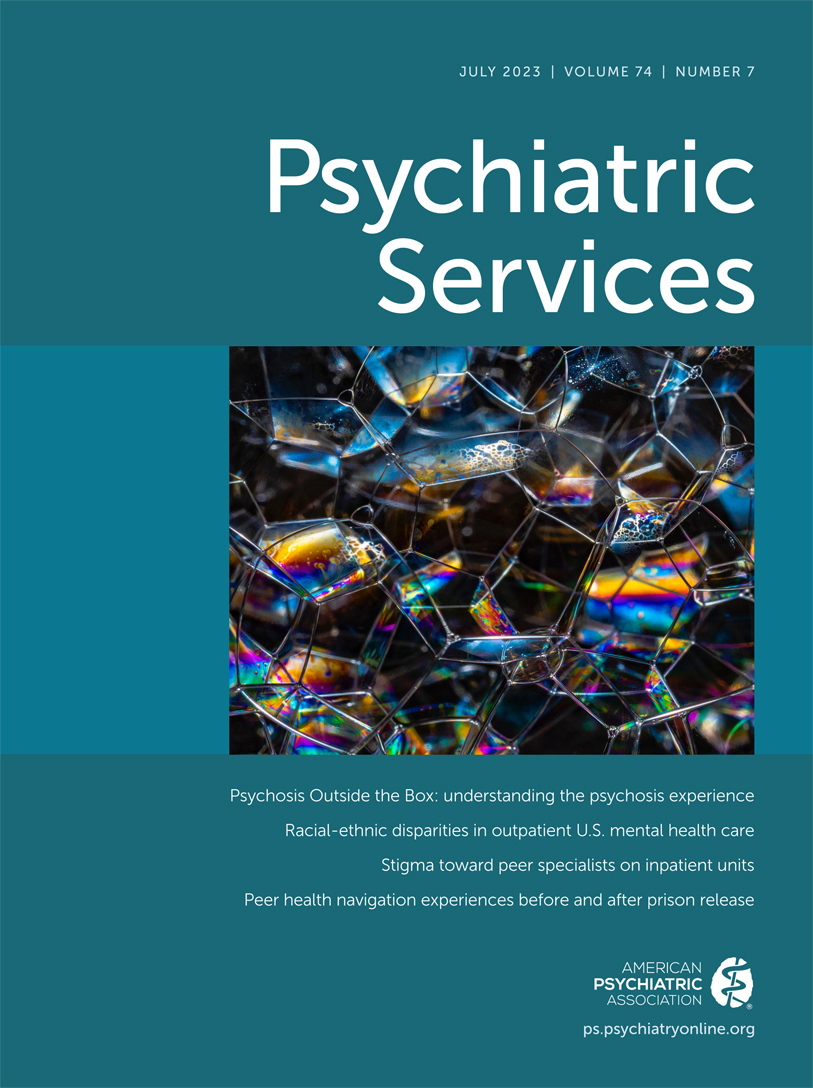Abstract
Objective:
Maryland’s Behavioral Health Integration in Pediatric Primary Care (BHIPP) is a child psychiatry access program offering child-adolescent psychiatry consultation, resource and referral networking, and direct-to-patient mental health intervention. This study investigated characteristics of patients for whom primary care providers sought BHIPP services.
Methods:
Data from 6,939 unique patient contacts between October 2012 and March 2020 were collected on service type, demographic characteristics, presenting concerns, clinical severity, clinicians’ diagnostic impressions, current treatments, and BHIPP recommendations. Descriptive statistics and latent class analysis were used.
Results:
Of the 6,939 patient contacts, 38.6% were for direct-to-patient mental health intervention, 27.3% for child-adolescent psychiatry consultation, and 34.2% for resource and referral networking. In total, 50.3% of patients were female, 58.7% were White, and 32.7% were already receiving mental health services. Latent class analysis identified four classes of presenting concerns: anxiety only (44.2%); behavior problems only (30.7%); mood and anxiety (17.1%); and attention, behavior, and learning problems (8.0%). Compared with patients in the anxiety-only class, those in the attention, behavior, and learning problems class were more likely to receive direct-to-patient mental health intervention (OR=3.59), and BHIPP clinicians were more likely to recommend in-office behavioral interventions for those in the mood and anxiety class (OR=1.62) and behavior problems–only class (OR=1.55).
Conclusions:
Patients supported through BHIPP varied in presenting concerns, condition severity and complexity, current receipt of services, and BHIPP utilization. Latent class analysis yielded more clinically useful information about the nature and complexity of patients’ concerns than did consideration of individual presenting concerns.
Access content
To read the fulltext, please use one of the options below to sign in or purchase access.- Personal login
- Institutional Login
- Sign in via OpenAthens
- Register for access
-
Please login/register if you wish to pair your device and check access availability.
Not a subscriber?
PsychiatryOnline subscription options offer access to the DSM-5 library, books, journals, CME, and patient resources. This all-in-one virtual library provides psychiatrists and mental health professionals with key resources for diagnosis, treatment, research, and professional development.
Need more help? PsychiatryOnline Customer Service may be reached by emailing [email protected] or by calling 800-368-5777 (in the U.S.) or 703-907-7322 (outside the U.S.).



